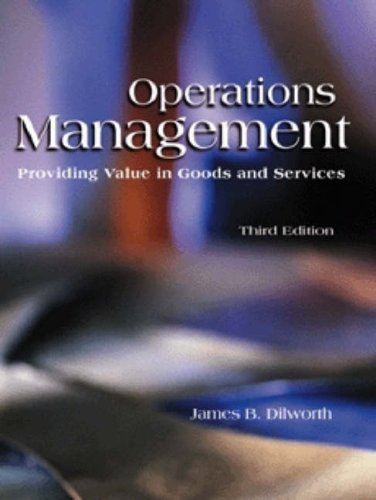A hospitals emergency room has one physician on duty full time. Emergency patients arrive according to a
Question:
A hospital’s emergency room has one physician on duty full time. Emergency patients arrive according to a Poisson distribution with a mean rate of 2.4 per hour.
The physician can provide emergency treatment until another physician arrives for approximately 3.0 patients per hour. The distribution of the physician’s time per case is approximately a negative exponential.
(a) On average, how much of the physician’s time is utilized in providing emergency care?
(b) How long, on average, would an emergency patient wait for the physician?
(c) If the hospital increased the emergency room staff by one more physician per shift (a two-channel system), what would be the physicians’ utilization in delivery of emergency care?
(d) With two physicians available, how long will the average patient wait for a physician?
(Begin with L, from Figure 15.5.)
(e) How long, on average, would a patient wait to see the physician in a system for which the physician and assistants represent a single-channel queue with a mean service rate of 6 patients per hour and the mean arrival rate remains 2.4 per hour?
(f) Since the mean arrival and service rates in part d are the same as those used in part é¢, why is the mean wait in part d shorter than the mean wait in part e ?
Step by Step Answer:

Operations Management Providing Value In Goods And Services
ISBN: 9780030262074
3rd Edition
Authors: Dilworth, James B





